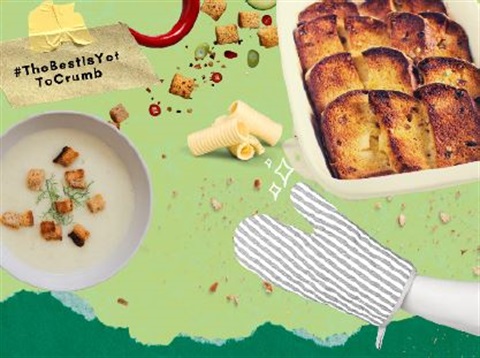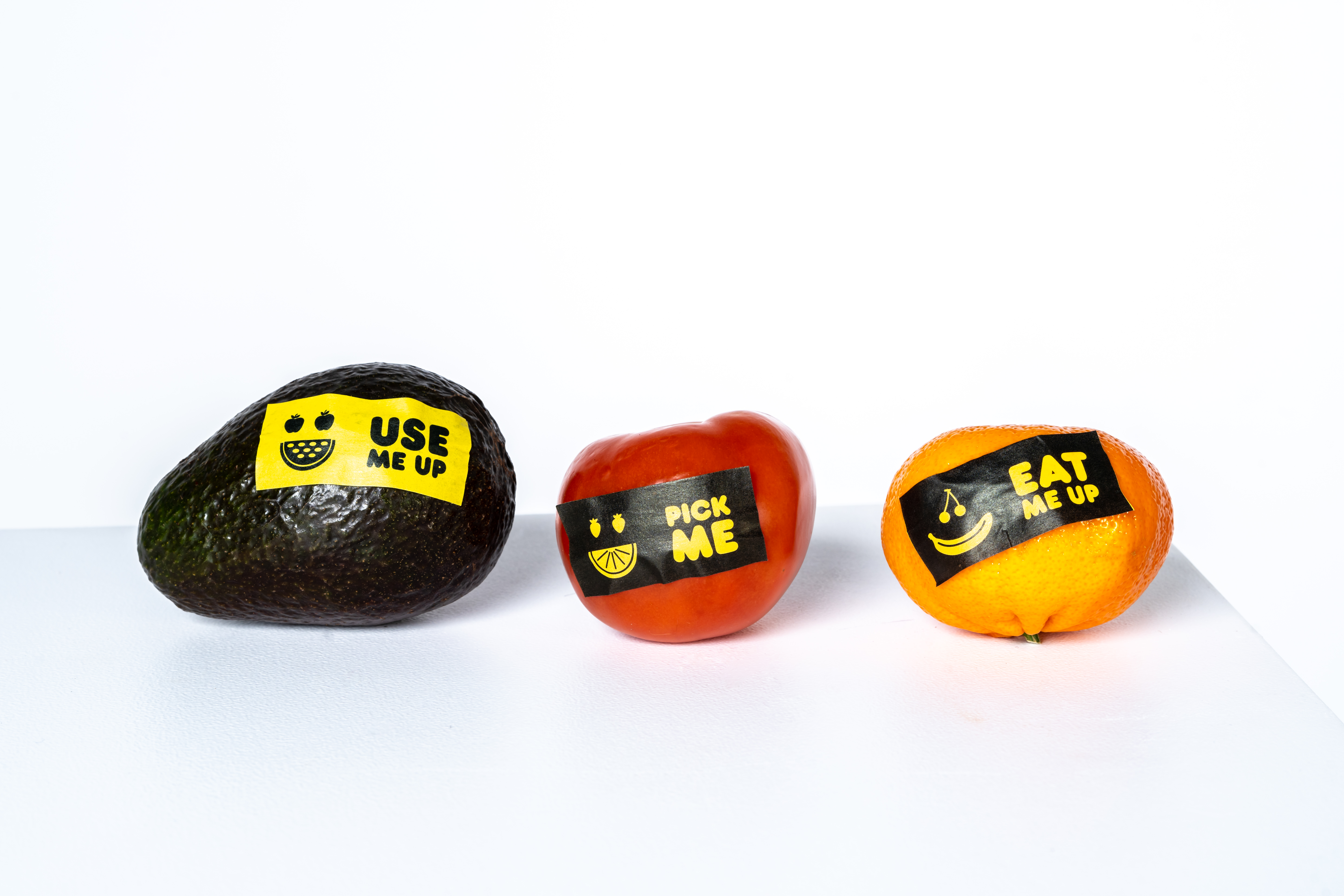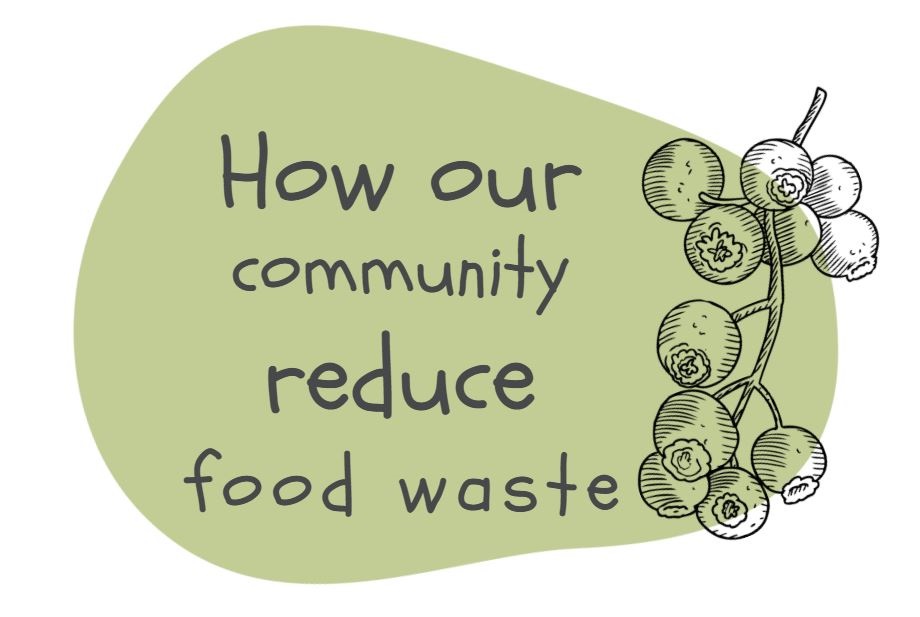Reducing food waste

What happens when food is sent to landfill? As food rots away in landfill it creates greenhouse gases, including methane, a gas 25 times more potent than carbon dioxide. But on top of that, the production, harvesting, transporting and packaging of wasted food all generates greenhouse gases too.
A big slice of food waste in Victoria is bread and baked goods. In fact, Victorian households bin the equivalent of 125 million loaves, or $800 million of bread, each year; and bread is the third highest food waste contributor to climate change, after meat and dairy.
Here are some tips and tricks to help you both reduce your food waste and save you money.
- Plan your meals. Take the time to plan your meals weekly. That way you only buy what you need and when it comes to 5 o'clock there is no dreading dinner as you know exactly what you're having, with all ingredients ready to go. There are even meal planning apps you can use.
- Use up leftovers. Check out these amazing recipes - Anything goes Frittata(PDF, 64KB) , Quick Pickled Veggies(PDF, 59KB) , Bread and Butter Pudding(PDF, 66KB), Gnocchi (using bread, not potatoes)(PDF, 72KB), Staples from Scratch(PDF, 4MB).
- Check what you already have in your fridge, freezer and pantry and use these up first.
- Have a 'Use it up' shelf. This simple change can ensure you use older food first. Another tip is if you have two bottom crispers, have older veggies on the left side and fresher ones on the right and make sure you use up the left side first.

- Improve food storage. This will keep fruit and veggies fresher for longer. Fruit and veggies should be stored separately. Fruit emits much more ethylene, a hormone that ripens food. When next to other food it can speed up the ripening process, making food go bad quickly. Check out these tips(PDF, 982KB) on storing food to make it last.
- Have a herb garden. How many times do you purchase a packet of herbs (usually wrapped in plastic) and only use a portion of them?
 (PDF, 155KB)
(PDF, 155KB)